When it comes to digital advertising, the two major players that come to mind are Microsoft Ads and Google Ads. Both platforms offer robust tools for businesses to reach their target audiences online, but deciding between them can be a daunting task. In this guide, we'll dive into the key differences between Microsoft Ads and Google Ads to help you determine which platform is better suited for your business goals.
Audience Reach and Market Share
Google undoubtedly dominates the search engine market, boasting over 90% of global market share. With billions of searches conducted on Google every day, it's a powerhouse for advertisers looking to tap into a vast audience base. However, this dominance also means higher competition and potentially higher advertising costs, especially for competitive keywords.
On the other hand, Microsoft may not have the same level of market share as Google, but it still commands a significant portion of the search engine market, particularly in certain demographics and regions. Microsoft tends to attract an older and more affluent audience, making it an attractive option for businesses targeting specific demographics that align with Microsoft's user base.
Cost and Competition
One of the most significant factors businesses consider when choosing between Microsoft Ads and Google Ads is the cost of advertising and competition levels. Due to Google's immense popularity and reach, competition for ad space can be fierce, resulting in higher costs per click (CPC) for advertisers, especially in competitive industries.
Microsoft Ads, on the other hand, typically have lower CPCs and less competition compared to Google Ads. This can be beneficial for businesses operating on smaller budgets or those in niche industries where competition on Google is intense. Additionally, Microsoft often offers promotional ad credits to new advertisers, providing an opportunity for businesses to test the platform with minimal financial risk.
Targeting Options and Features
Both Microsoft Ads and Google Ads offer sophisticated targeting options to help businesses reach their ideal audience. Google's targeting capabilities are extensive, allowing advertisers to target users based on keywords, demographics, interests, geographic location, and even browsing behavior. Google also offers a range of ad formats, including search ads, display ads, video ads, and more, giving advertisers flexibility in their campaigns.
Similarly, Microsoft Ads provides strong targeting options, including keyword targeting, location targeting, device targeting, and demographic targeting. While Microsoft may not offer as many ad formats as Google, it still supports a variety of ad types, including text ads, shopping ads, and native ads.
Conversion Rates and Performance
Ultimately, the effectiveness of your advertising efforts on Microsoft Ads or Google Ads will depend on your specific business goals, target audience, and industry. While Google may offer greater reach and volume, Microsoft Ads can often deliver higher conversion rates and lower costs for certain businesses, particularly those targeting older demographics or niche markets.
It's essential for businesses to track and analyze the performance of their campaigns on both platforms to determine which one yields the best results for their objectives. Split testing, monitoring key metrics such as click-through rates (CTR) and conversion rates, and adjusting your strategies accordingly can help optimize your advertising efforts and maximize your return on investment (ROI) on either Microsoft Ads or Google Ads.
In conclusion, there is no one-size-fits-all answer to the question of whether Microsoft Ads or Google Ads is better for your business. Each platform has its strengths and weaknesses, and the decision ultimately comes down to your specific business objectives, target audience, budget, and competitive landscape.
For businesses looking to maximize their reach and target a broad audience, Google Ads may be the preferred choice. However, for businesses operating on smaller budgets or targeting specific demographics with less competition, Microsoft Ads could offer a more cost-effective and efficient advertising solution.
Ultimately, the key is to test both platforms, monitor performance metrics closely, and iterate your strategies based on data-driven insights to ensure the best possible results for your business. With the right approach, both Microsoft Ads and Google Ads can be valuable tools for driving growth, increasing brand visibility, and reaching your target audience online.
Reach out to Revel Interactive to learn more about marketing on Google & Microsoft for your business today!

